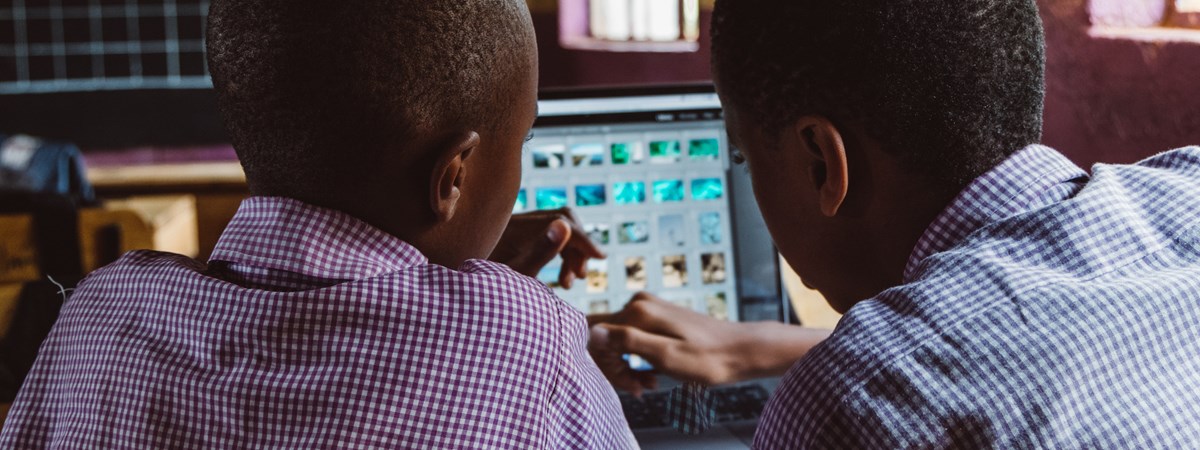In this article, Yasmin Vasi shares practical strategies you can use to incorporate technology and expressive arts into childhood curriculum to make learning fun and meaningful
Incorporating technology into the early childhood curriculum alongside expressive arts can create exciting opportunities for learning and creative expression. Here are some strategies to combine these elements effectively.
Digital art and design
Introduce age-appropriate digital art tools and software, such as child-friendly drawing apps or interactive tablets, to enable preschoolers to explore painting, drawing, and graphic design in a digital format. This integration allows children to experiment with colors, shapes, and textures in an engaging and interactive way.
Multimedia storytelling
Enhance traditional storytelling by incorporating digital tools. Preschoolers can use pictures, audio recordings, and simple animations to create multimedia stories using child-friendly digital platforms or applications. This approach nurtures their imagination, language skills, and creativity as they develop interactive stories. Music and Sound Exploration: Utilize technology to introduce children to different musical instruments, sounds, and rhythms. Interactive music apps or digital keyboards can enable preschoolers to create their own melodies and rhythms, fostering their musical understanding and self-expression. Recording their voices and sounds can also be a fun way to explore audio creation.
Virtual field trips and cultural exploration
Utilize technology to take preschoolers on virtual field trips, allowing them to explore diverse cultures, landmarks, and natural environments. Virtual reality (VR) or augmented reality (AR) tools can provide immersive experiences that spark curiosity and imagination while promoting an understanding of the world around them. Digital Photography and Videography: Introduce basic photography concepts and techniques using child-friendly digital cameras or tablets. Encourage preschoolers to capture their surroundings, art creations, or personal experiences. They can also experiment with simple video recording, such as creating mini-movies or stop-motion animations, fostering storytelling skills and creativity.
Digital storytelling and puppetry
Combine technology with expressive arts by utilizing digital storytelling tools or apps. Children can create animated stories or digital puppet shows, designing characters, crafting narratives, and exploring various voices and expressions. This approach nurtures creativity, communication skills, and problem-solving abilities. Collaborative Online Projects: Facilitate connections between preschoolers and other classrooms or schools through technology. Engage in collaborative art projects or virtual performances, enabling children to work together on shared digital art creations, participate in video conferences to showcase their work, or collaborate on joint musical or dance performances. This promotes teamwork, communication, and cultural exchange.
It's crucial to maintain a balance between technology and hands-on, sensory experiences in the early childhood curriculum. Provide guidance and supervision to ensure safe and appropriate technology use.
Always prioritize developmentally appropriate approaches that support creativity, social-emotional development, and holistic learning experiences while integrating technology and the expressive arts.
- - - - - - - -
** Not registered yet? Create your free profile here and add a response below **
To share your story, thoughts or ideas with the ISN community, please send your article draft directly to our editorial team here, or email us at [email protected]


